The seventh continent has always been a bleak, unconnected place. Elon Musk’s satellite internet is changing that, and people want to see what life is like there.


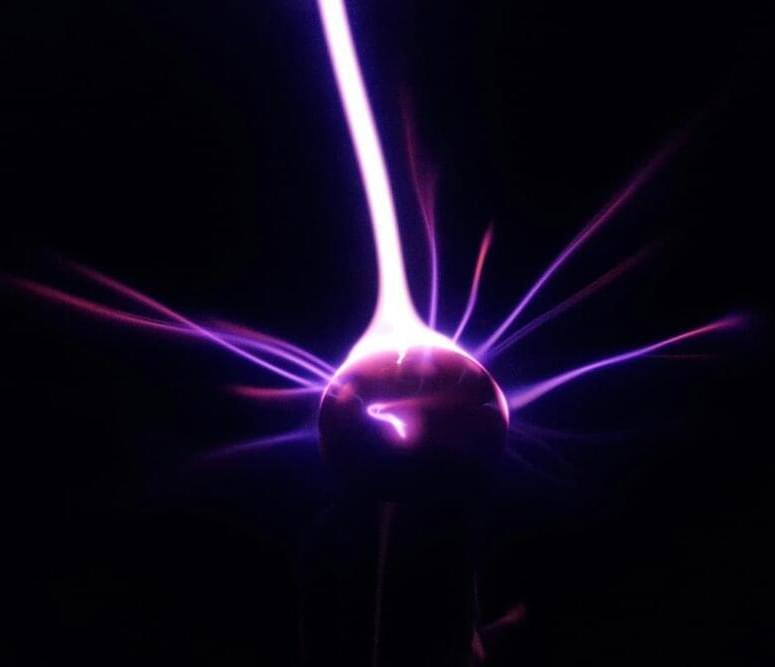
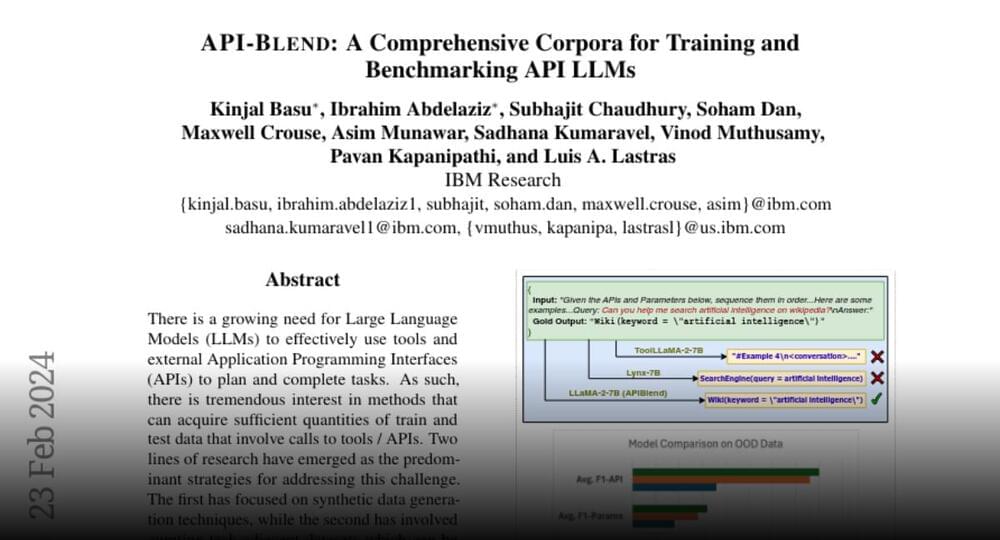
Guizhou is China’s most indebted province. Its government has relied on borrowing to make ends meet. During the lunar new year, the province has seen unprecedented large-scale fires. State-controlled propaganda blamed local New Year customs and arsons by the Japanese and the Americans. However, Guizhou’s financial data shows that people have had just enough.
Sign up for my emails: https://leisrealtalk.com/
Donation: https://donorbox.org/support-lei-s-re…
Ideas/Suggestions: [email protected].
#leisrealtalk #ccp #china #guizhou #extremewearther #fire


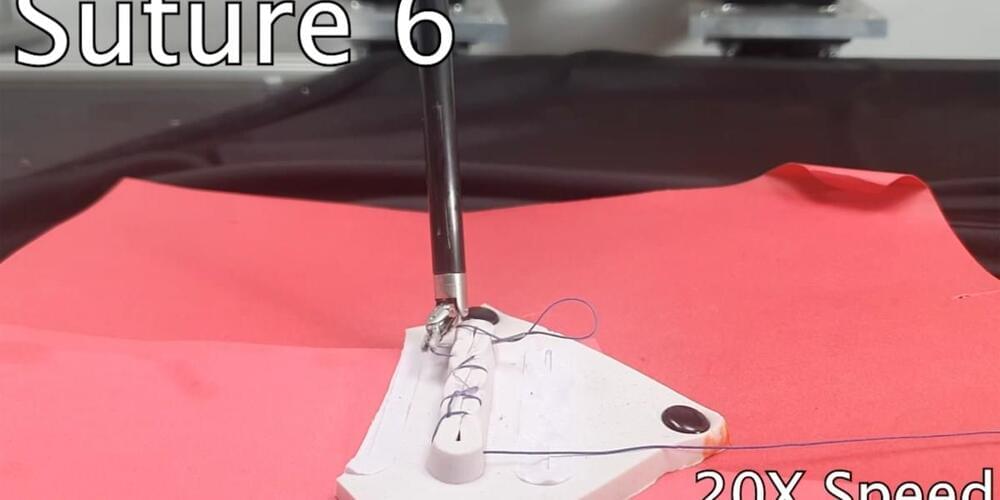

I use Blackmagic Design’s Davinci Resolve for editing 4K and above video. If you have edited video you experience glitches that can be solved with answers. OpenAI has this chatbot that is a Davinci Resolve expert, that can answer your questions when problems arise. This is pretty cool indeed.
Friendly DaVinci Resolve expert, guiding users with easy-to-understand advice and forum insights.
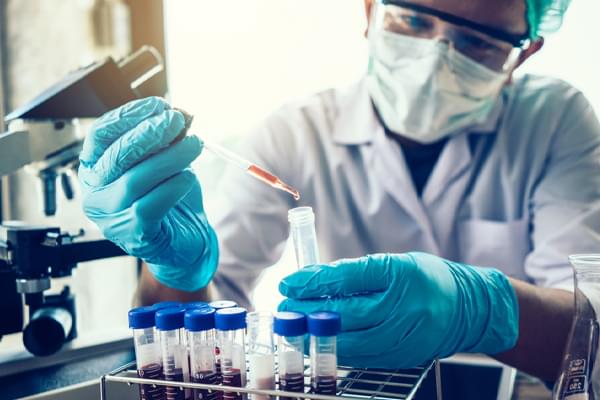
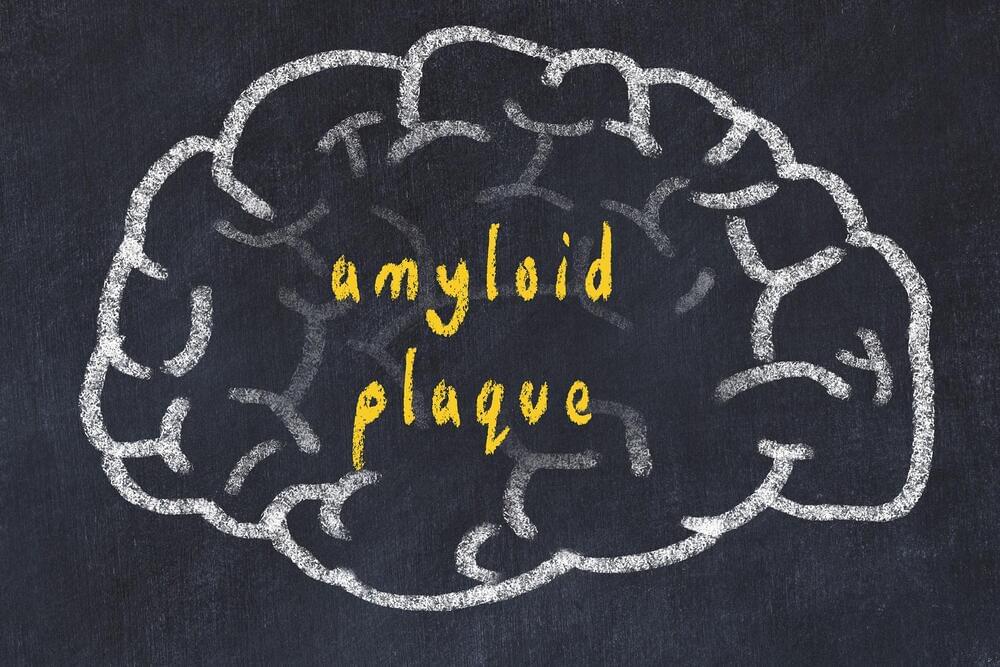
A team of Rutgers undergraduates has shown that an experimental drug known as Yoda1 may help drain cranial waste plus neurotoxins that cause Alzheimer’s disease and other forms of dementia.
Rutgers study led by undergrads and gap-year students breaks ground in the field of neuroscience and suggests experimental medication could treat dementia.